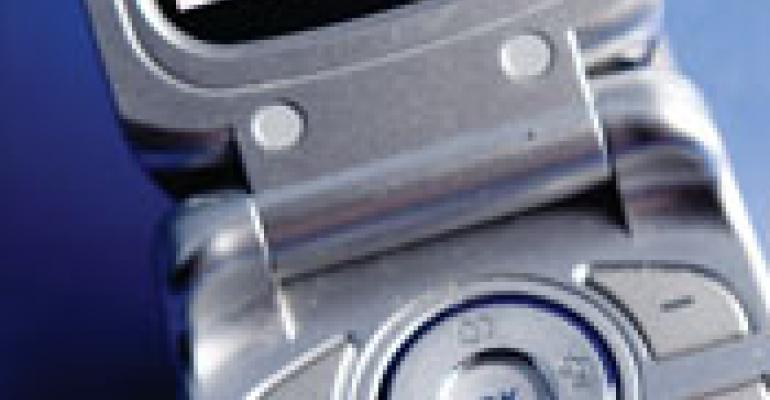Anticipating greater demand for systems allowing consumers to order food remotely and electronically, operators big and small are adding technologies that enable ordering via text messages and Internet-capable mobile devices.
Members of the budding movement to mobile ordering range in size from segment leader Pizza Hut to three-unit regional player Mooyah Burgers & Fries.
“Considering the number of cell phones and restaurants nationwide, and the increased need for speed and convenience, the growing popularity of text messaging [orders] makes sense for us,” said Robert Andersen, president of Plano, Texas-based Mooyah Burgers Inc.
Total Mobile Access is the name of Dallas-based Pizza Hut’s initiative to accept text-message and mobile-device orders, as well as those placed via the Internet. About 6,200 of the chain’s approximately 7,500 U.S. units are participating, Pizza Hut spokesman Chris Fuller indicated.
Chicago’s QuikOrder Inc. supplies the technology enabling the Yum! Brands-owned Pizza Hut to field all three types of customer-entered orders. In most instances, QuikOrder officials said, orders are routed directly into the restaurants’ point-of-sale systems, improving accuracy and reducing labor by eliminating manual order entry.
Of the week following Pizza Hut’s Jan. 17 unveiling of Total Mobile Access, QuikOrder chief executive James Kargman said, “Our systems saw record traffic, [with] peak order rates of over 12 orders per second.”
QuikOrder uses satellite technology to push orders down to Pizza Hut units.
Pizza Hut would not disclose the percentages of sales now stemming from online, text-message and mobile-device orders, but Fuller said the chain anticipates that those combined channels will contribute 50 percent of total volume within five years.
Late last year the No. 2 pizza chain, Domino’s Pizza of Ann Arbor, Mich., began accepting mobile orders, and No. 3 Papa John’s Pizza of Louisville, Ky., started fielding text-message requests.
The push by all three major pizza chains and others in that segment and others to add more channels supporting guests’ self-ordering reflects the higher average tickets often associated with such channels. Also a factor: consumer appreciation of the perceived convenience and greater control over the ordering experience afforded by self-order options.
Pizza Hut’s Fuller said promotion of Total Mobile Access and its components will “pop up in marketing efforts more and more.”
To use text message ordering, Pizza Hut customers go to
Pizza Hut customers using Web-enabled cell phones or wireless, Internet-capable personal digital assistants, or PDAs, use their playlist or navigate the chain’s website as if on a desktop computer, as page displays are modified for small screens.
Fuller said proprietary and outside research indicates that “the people who are texting and using mobile devices now are 18 to 25 years old…but we’re also finding it has appeal to people outside that age range.”
Pizza Hut’s technology provider, QuikOrder, has worked with pizza chains since 1999, but now also supports concepts and chains of all types. Neither Pizza Hut nor representatives of QuikOrder would disclose financial arrangements between the two companies.
In general, QuikOrder sources said, a deployment involving the company’s standard template runs $250 per location, with ongoing fees equal to 5 percent of each order processed, or 10 percent of cell phone orders for which QuikOrder pays carrier fees. They said volume discounts are available, as are custom features for larger clients.
Texas-based burger specialist Mooyah uses service provider GoMobo of New York to process text-message orders. GoMobo relays orders to Mooyah restaurants by way of fax or automated phone call.
To text orders, Mooyah customers register at

